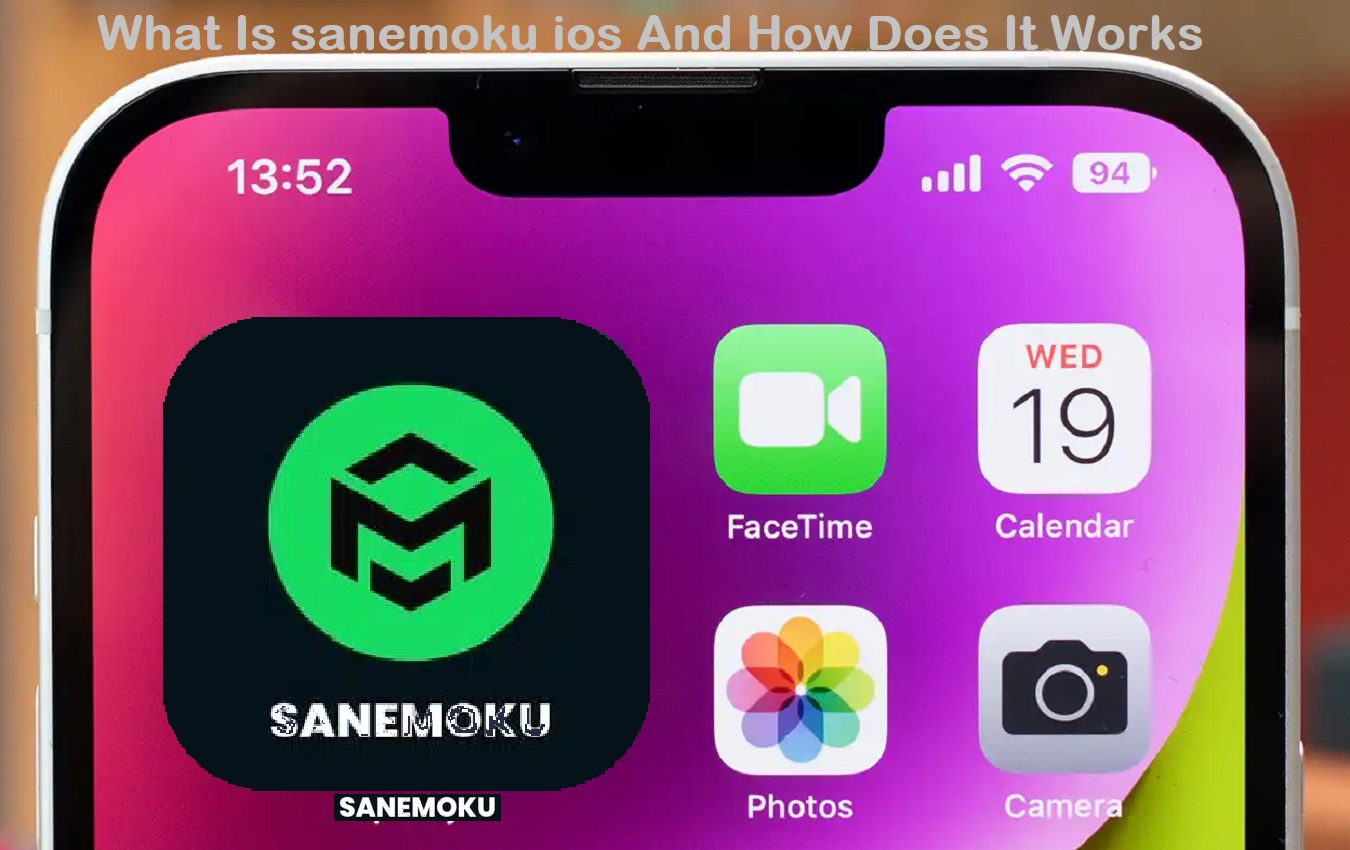Introduction
Sanemoku ios is an innovative new app developed for iOS devices that aims to enhance productivity and organization. At its core, Sanemoku ios utilizes the proven Sanemoku system – a structured framework for tackling goals and projects – and adapts it into an intuitive mobile application.
But what exactly is the Sanemoku system and how does Sanemoku ios implement it? In this article, we’ll explore the key concepts behind this unique app, its main features and functionalities, as well as the benefits it offers for task and time management on the go. Whether you’re looking to organize personal projects or boost productivity in your professional endeavors, read on to see if Sanemoku ios may be a good solution.
Recent Released:How to Hack Spin Coin Master 2023 on IOS on iPhone
Overview of the SanemokuSystem
First pioneered by Micheal LeGand, the Sanemoku system provides a structured grid or checklist to divide massive undertakings into smaller, actionable tasks that facilitate continuous progress. Traditionally applied to software development projects, the versatility of this system has led to adoption across many industries.
At its foundation, the Sanemoku grid separates tasks into nine categories that can be adjusted or customized as needed:
- Current – What is actively being worked on presently
- Backlog – Prioritized list of tasks awaiting action
- Icebox – Additional ideas or features for consideration
- Implementing – Tasks currently in production/being coded
- In Testing – Final testing before launch
- Live – Released features actively in use
- Graphical User Interface (GUI) – Visual/design elements
- Architecture – Structural foundations
- Infrastructure – Technical capabilities
This structured hierarchy allows large goals to be systematically broken down into smaller steps that can move fluidly across categories based on priority and completion status.
Key Features and Functionalities
Sanemoku ios takes this proven system optimizes it for iOS mobile devices. Users can utilize their iPhone or iPad to easily manage anything from personal goals and hobby projects to professional initiatives and business workflows.
The app provides the following main features and functions:
Flexible Goal-Setting
- Create unlimited custom Sanemoku boards for different projects and goals
- Categorize tasks across the 9 Sanemoku categories
- Set up repeating tasks or checklists within each board
Interactive Interface
- Intuitive drag-and-drop functionality to move tasks between categories
- Click/tap to mark tasks as complete or edit details
- Bird’s eye view of entire board or focus options
Handy Notifications
- Customizable notifications and reminders for upcoming tasks and deadlines
- Instant push notifications for task activity and updates
- Charts and reports on task completion rates and trends
Seamless Cross-Device Sync
- Auto sync across iOS devices registered to the same account
- Access Sanemoku boards on mobile or desktop
- Real-time sync with iCloud integration
Use Case Examples
Sanemokuios features a wide range of use cases for both personal and professional scenarios. Here are some examples of how the app can be utilized:
Personal Project Management
Planning your next DIY renovation? Training for a marathon? Sanemokuios helps you structure even personal goals into achievable milestones.
You can create to-do item hierarchies, set reminders, and drag/drop tasks between categories to track progress. This keeps you organized and motivated to build habits and accountability.
Team Task Management
Collaborating on a team project? Sanemoku boards make delegation, transparency, and communication seamless.
Share boards with team members for real-time visibility into who’s doing what. Leave comments, assign tasks, set notifications, and monitor overall progress in one place.
Business Workflows
For companies, Sanemoku ios supports business-critical functions like product launches, campaign management, software development sprints and more.
Model out detailed project plans, long-term roadmaps, and team responsibilities within shared boards. With custom categories and manipulatable structures, Sanemoku boards can map to specific business needs and workflows.
Conclusion
In summary, Sanemoku ios brings the proven organization and efficiency of the Sanemoku system into an easy-to-use mobile application. Whether you’re completing a DIY home renovation, training for a marathon, managing a team project, or launching a new product at work, Sanemoku ios can provide the structured guidance to turn big-picture goals into executable realities.
With flexible task management, handy notifications, interactive interfaces, and seamless cloud sync, Sanemoku ios aims to boost your organization, alignment, and productivity wherever you are. The versatility of the system also allows it to scale up or down to suit personal as well as professional scenarios alike.
So if you have grand plans but struggle to identify actionable tasks, delegate responsibilities, implement systems, or maintain consistency, give Sanemoku ios a try! It just may be that missing productivity puzzle piece you’ve been looking for.
Table Showing Key Differences Between Sanemokuvs Traditional To-Do Lists
| Features | Traditional To-Do List | SanemokuBoard |
| Structure | No imposed structure | Fixed Sanemoku grid categories |
| Task Organization | Chronological, no categories | Tasks grouped into fixed categories |
| Task Order Manipulation | Limited sorting and prioritization options | Click/drag tasks between categories to reprioritize |
| Task Breakdown | No structure for breaking down larger goals | Sanemoku structure facilitates systematic goal/task breakdown |
| Progress Tracking | Minimal or nonexistent | Birds-eye view permits progress tracking at category level |
| Cross-platform Accessibility | Limited, often isolated to where list was created | Seamless syncing across multiple devices |
| Customizability | Highly customizable lists | Less flexible structure but fully customizable tasks/subtasks |
| Learning Curve | Minimal, intuitive for anyone | Slight learning curve to understand Sanemoku system |


